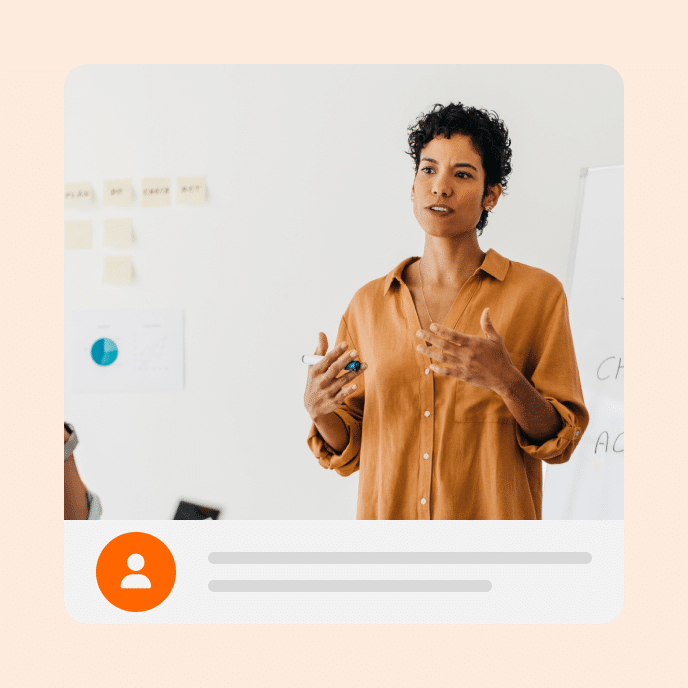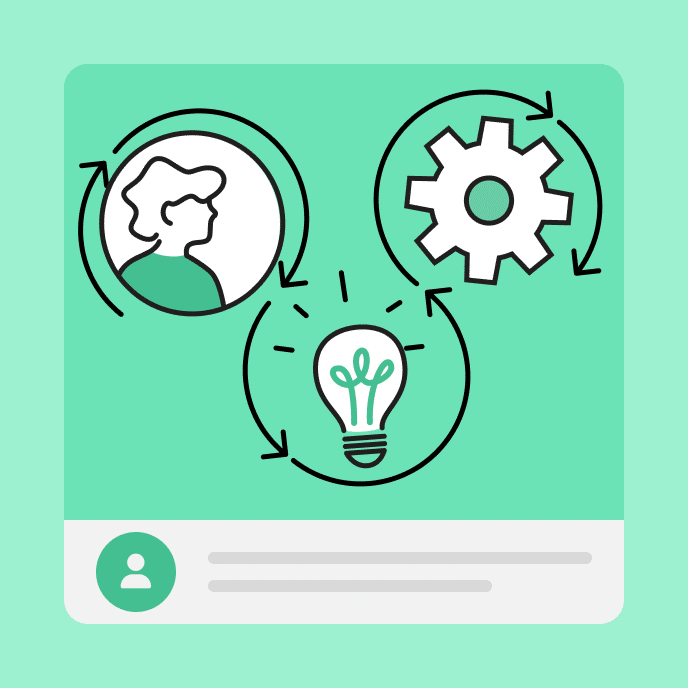How Online Learning Needs to Change
Explore four ways online learning can move beyond basic explainer courses to modern, impactful learning experiences.

The problem with online learning
Many organizations kickstarted their e-learning journey by converting classroom training into online courses. The process was made super easy by rapid authoring tools, requiring minimal technical expertise. But here’s the thing: most of these online courses ended up resembling traditional classroom training, with linear presentations and basic quizzes. If they offered interactivity, it often boiled down to the ability to click and reveal more content.
Now, this isn’t always a bad thing, as there’s definitely a place for explainer courses. However, from a learning experience standpoint, it’s not exactly ideal.
One positive outcome of today’s simple authoring tools is how the conversation has shifted. Back in the day, the focus was mostly on the technology required to build online training. It was all about the tools needed to create a course, get it online, and distribute it. The primary goal was simply delivering a course with minimal emphasis on its effectiveness.
How to create better learning experiences
Thankfully, the conversation around online training has evolved. Organizations are starting to realize the pressing need for more effective online learning. Today, with technology being relatively easy to use, the dialogue has shifted from tech-centric discussions to what it takes to create impactful training and build better learning experiences.
While we’re not quite there yet as an industry, it’s clear that we’re making significant strides from where we initially began. If you’re still stuck in the realm of explainer e-learning, here are some thoughts to help nudge you closer to the world of better learning experiences:
- Center learners: Shift the focus from the technology of creating learning to the needs and objectives of the learners. Training shouldn’t just be about information but rather about making that information relevant to the learner’s experience.
- Redefine content: In the past, access to information was limited and required formal training. However, today’s learners have unprecedented access to content. It’s time to empower them by curating courses that guide them on finding and effectively using existing content.
- Chunk learning: Break down content into smaller, digestible pieces with a sharp focus on single objectives. I like to call them “coursels” (as in course morsel). Some people call it microlearning. Whatever you want to call it, the goal is to make it easier for people to find relevant content and achieve specific learning outcomes efficiently.
- Shift from big courses: Reconsider the idea of lengthy courses and instead focus on meaningful chunks paired with offline activities for practical application. Sitting through hours of explainer content isn’t effective, so let’s move towards more impactful learning experiences.
There’s a lot more to building effective learning, and hopefully, these tips spark a fresh perspective on online training. The key takeaway is that we’re no longer constrained by technology and are free to explore what it truly means to build effective learning experiences for our organizations.
You may also like

What Is Cognitive Load Theory? Instructional Design and the Busy Mind
Learn what cognitive load theory is and how it informs effective instructional design to increase knowledge retention and reduce cognitive overload.
